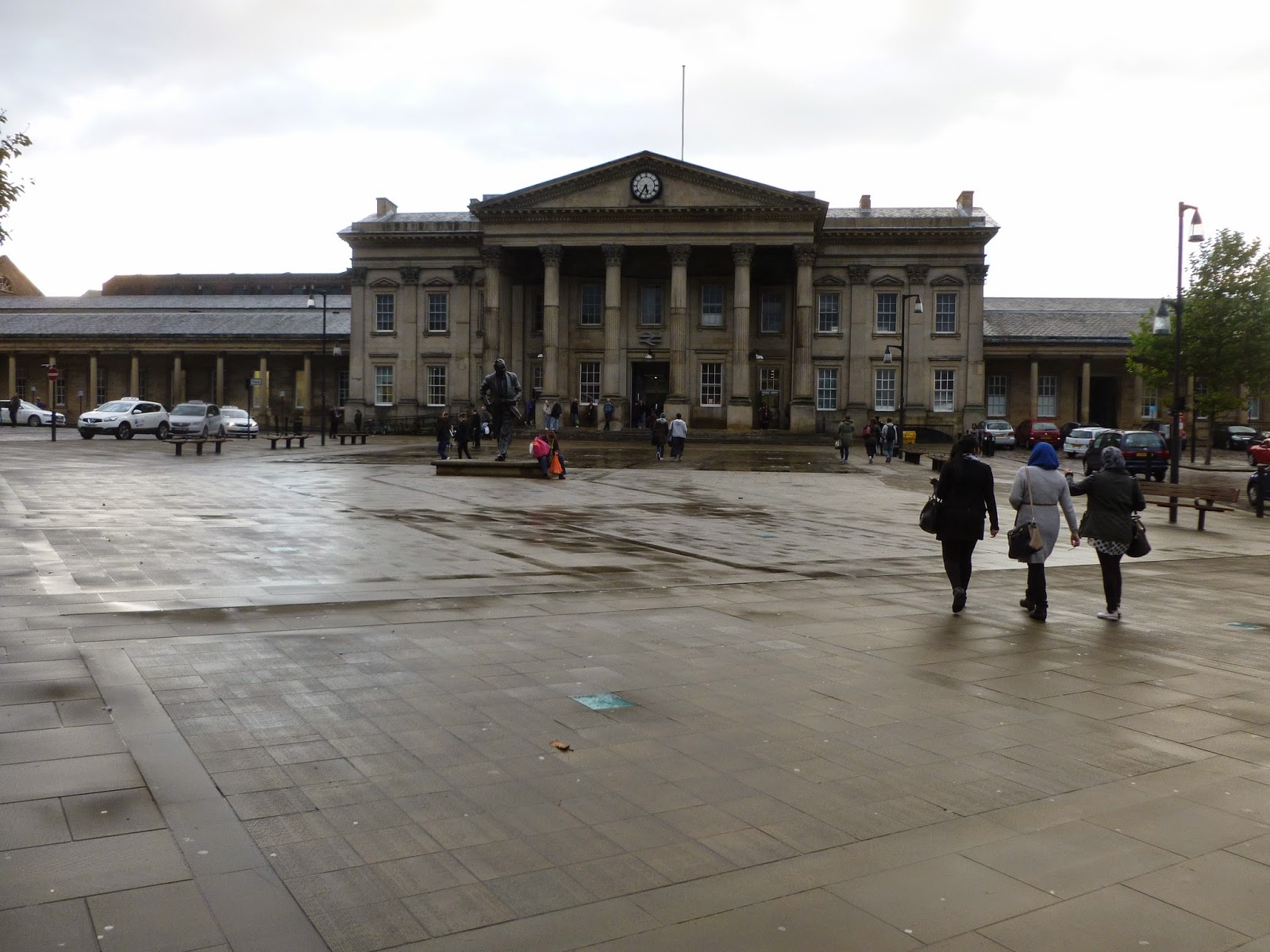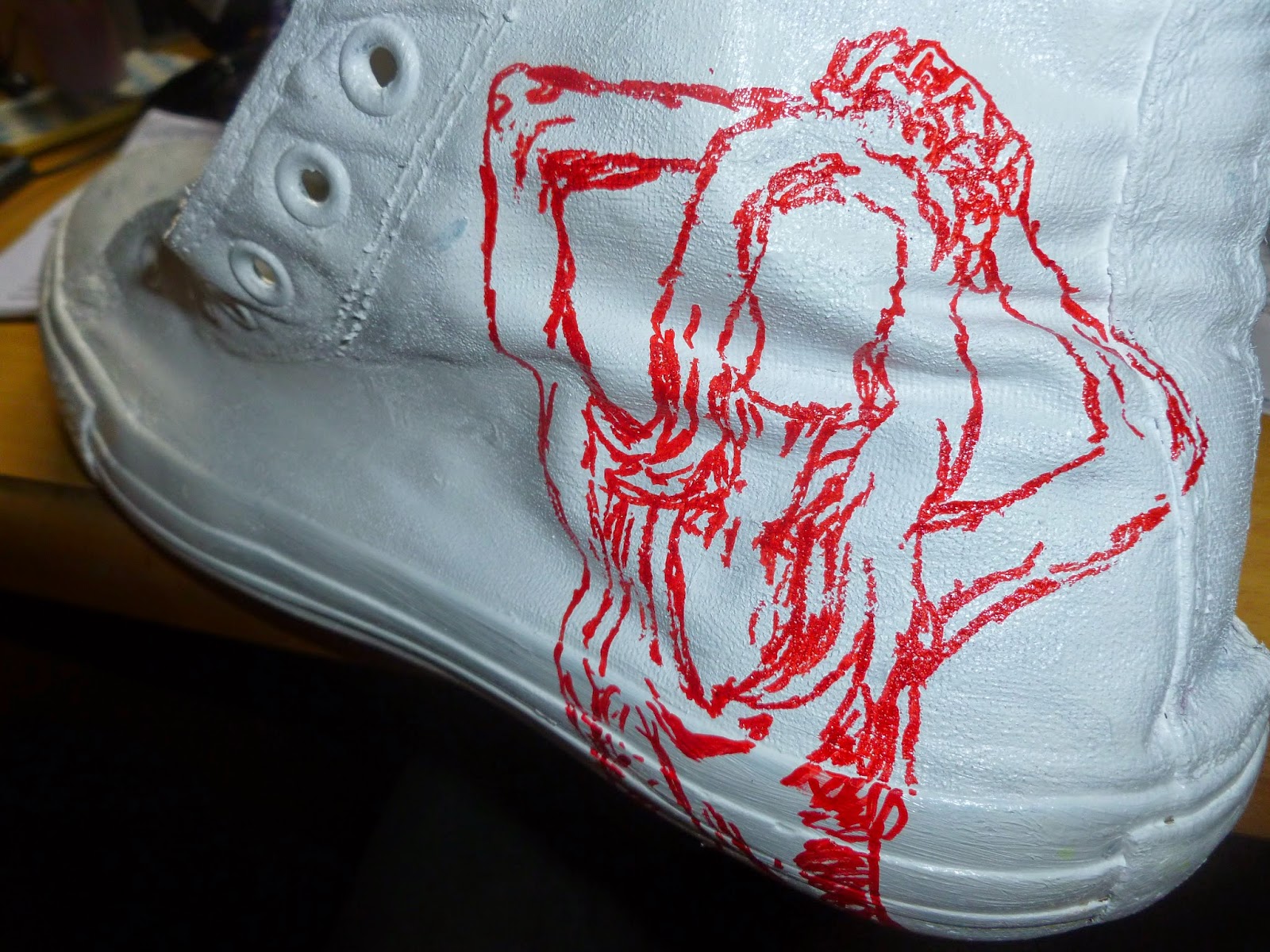The timeline I developed went like this:
Hipster ( late 1940's)- The original hipsters were generally middle class Americans who adopted the lifestyle of black jazz musicians. One key feature of this was 'self imposed poverty'
Beat (1950's)- Again middle class Americans who rejected the perceived notions of the middle class and lived a bohemian like counter culture lifestyle. Liked cafes
Teddy Boy (1950's)- The first British teen youth group. Routed in working class they sometimes formed gangs and rioted. Initially associated with jazz then later rock & roll.
Rocker (late 50's)- Working class bikers, known as outsider loners who rebelled against society.(The Wild One). Liked cafes
Mod (1960's)- Originally a middle class British extension of Beat cafe modern jazz culture or originally a small group of working class fashion orientated men who wanted clothes in a certain European influenced style. Mods aspired for the sophistication of middle class culture regardless of cultures. The working class 'hard mods' emulated rude boy West Indian culture as they came from the same impoverished areas of London and could be said to be more Teddy boy than Beat influenced. Mods were famously in conflict with rockers (somewhat routed in class). Liked cafes
Hippie (late 60's)- Hippies were middle class routed and lead a similar bohemian Lifestyle to Beats and the name comes from Hipster. Like Beats they rejected middle class values.
Skinhead (late 60's)- Skinheads came from the working class sector of mod culture. They shaved there heads as it was needed for factory work and better in fights (both working class associated), it also differentiated them from the middle class hippie movement. They couldn't afford to keep up with the fashion of richer mods and became a subculture when first wave mod died out.
Glam (1970's) Middle class based. Continued the middle class youth movement pattern of getting rid of gender boundaries (hippies and mods also did this) through fashion and make up
Punk (late 70's) Punk started as a way to oppose the 'affluent' pop music of the time, in that sense it has working class routes. Punk doesn't appear to have a preference to the working or middle class initially though. It embraced and was embraced by both classes and there was a unity between the two. There is a lot of information about punk and I've barely scratched the surface.
New Romantic (late 70's, 80's)- Middle class routed, evolved from glam. They had a working class equivalent - soul boys
Punk factions (1980's)- As punk developed it diversified into a multitude of sub-genres such as:
Glam Punk- middle class based, from glam, ;inked with New Romantics
Hardcore- Mainly middle class (especially the bands) but like other M-class cultures they rebelled against the current values of the class and dressed very W class. A lot were straight- edge.
Oi & Street Punk- both working class. Developed because current punk was deemed pretentious and student based. Many skinheads became part of the Oi pink scene.
Hatecore punk- Oi punk is often confused with this. Think racist skinhead punk.
Goth (1980's)- Middle class offshoot of punk, coexisted and conflicted with punks and New Romantics
Brit pop (1990's)- More of a class driven sub-genre than subculture. The music mainly revolved around M-class culture but had followers of both class. Blur were seen as M and Oasis as W. There was a lot about creating a less androgynous scene than earlier subcultures.
Emo (2000's)- A very modern subculture mainly middle class and pretty androgynous.
Chav (2000's)- Working class routed, like modern day skin heads (not aesthetically). Middle class versions did appear, trying to emulate a working class lifestyle.
Hipster (2010's) Current. Middle class. A lot like original hipsters. A sort of faux poverty. Against the mainstream. Ill defined because so current. Like Cafes.
That's all the cultures. This is such a big subject and there's so much information and a lot of it disagrees and argues with each other but what I've written hear is what I'm going with. I'll write more about what this means and stuff later. For now I'm a bit exhausted.


















































